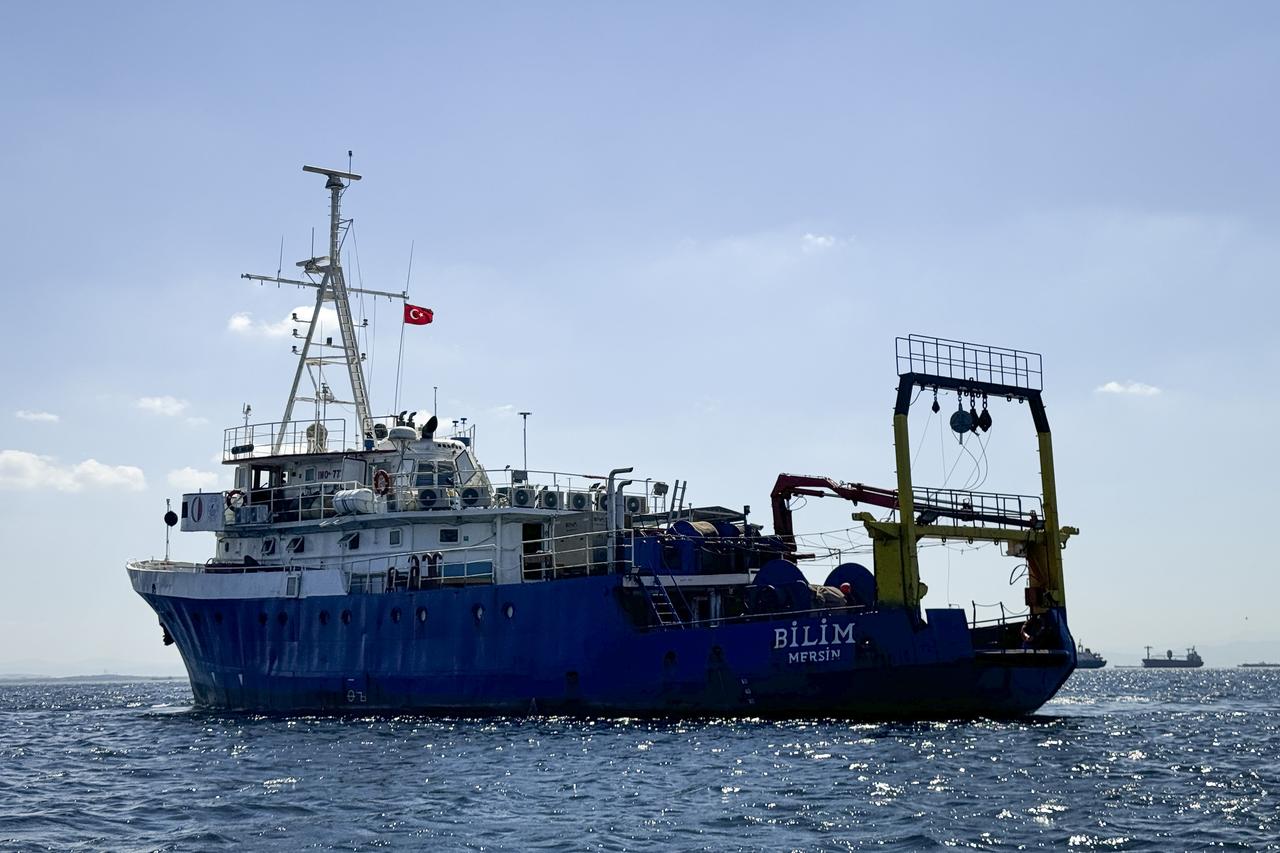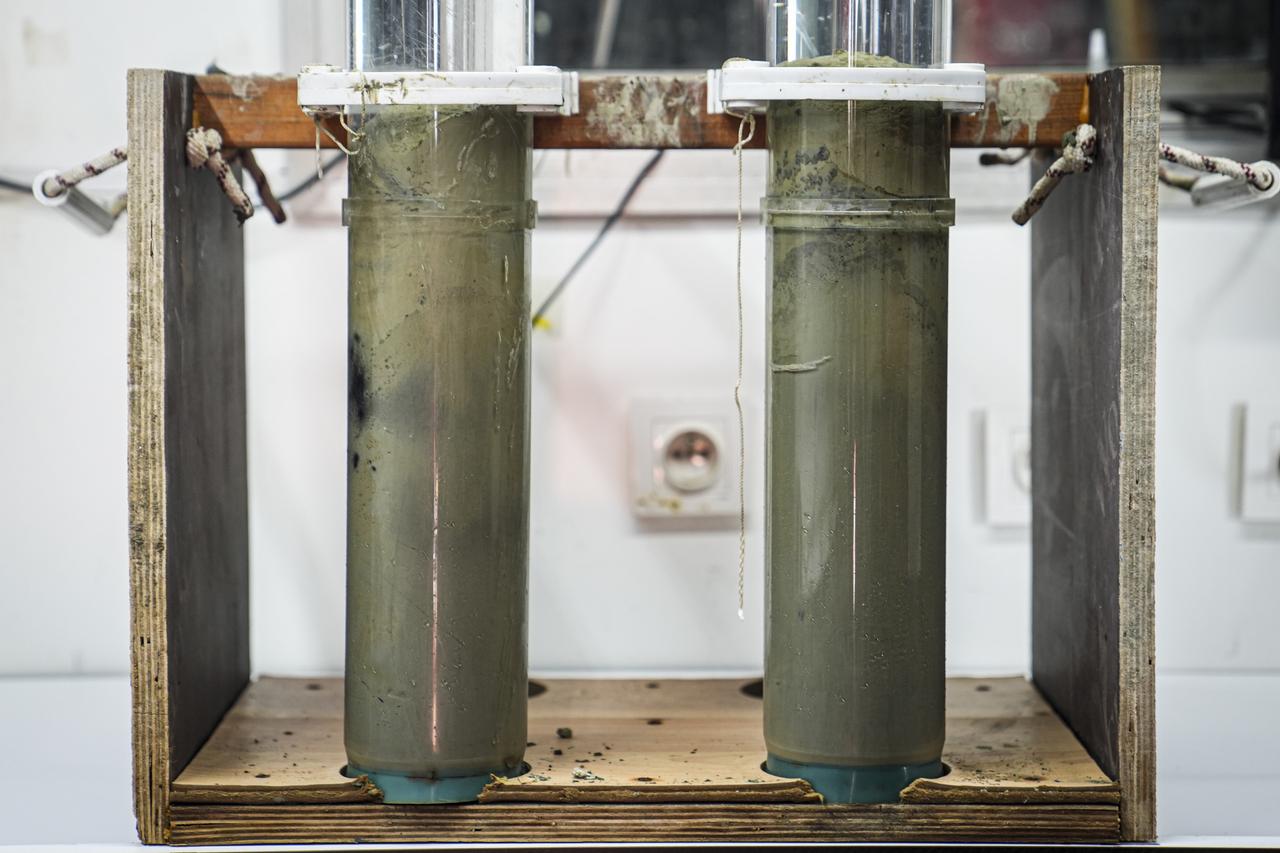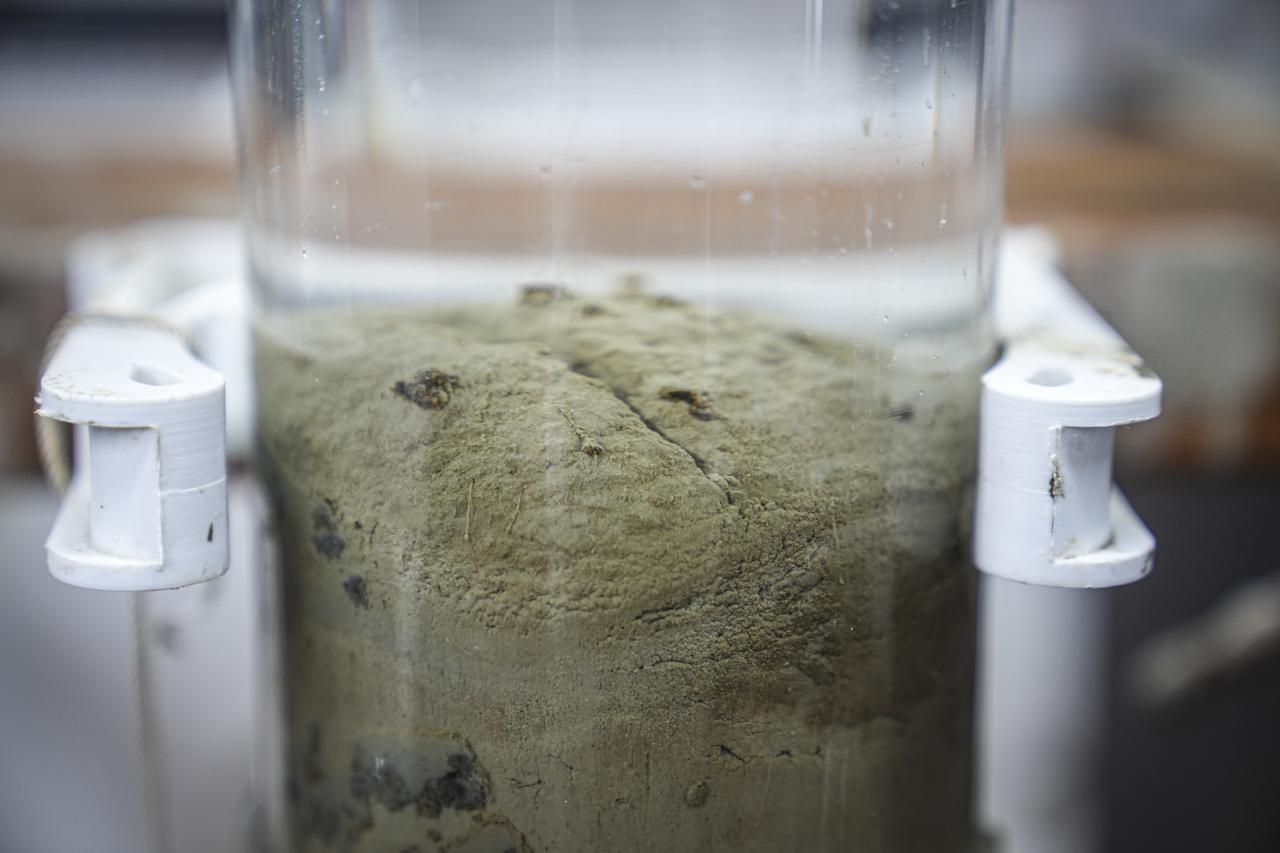
Researchers studying the Marmara Sea have uncovered preliminary results pointing to significant increases in plastics and metals in recent decades.
A team led by Middle East Technical University’s (METU) Institute of Marine Sciences, with partners from Akdeniz University, Ege University, and Recep Tayyip Erdogan University, is analyzing sediment samples to reconstruct the sea’s pollution history.
The project is funded by Türkiye’s Scientific and Technological Research Council (TUBITAK) under its 1001 program.

Professor Mustafa Yucel, deputy director of METU’s Institute of Marine Sciences, explained that the seabed acts as an archive, holding layers of material that preserve traces of environmental change.
According to him, sediment that many see as simple mud can reveal the ecological history of a region when sampled correctly.
In a semi-enclosed basin such as the Marmara Sea, these deposits also reflect the impact of industrialization and urban growth in the surrounding area.
Using a vessel named Bilim-2, researchers collected core samples up to 50 centimeters long from 20 different sites on the seafloor.
These cores, sliced into one-centimeter sections, allow scientists to examine pollution layer by layer, going back as far as 70 to 80 years.

Yucel noted that the most recent layers contain striking increases in both plastics and metals.
“We found that cadmium and zinc, which are among the key pollutants, have become more concentrated in the upper layers,” he said.
Organic carbon levels, another indicator of contamination, also appear to be higher near the surface.
In addition to chemical measurements conducted at METU, the project involves multiple lines of analysis: dating methods using cesium and lead at Ege University, microplastic detection at Akdeniz University, and polymer identification at Recep Tayyip Erdogan University.
Together, these efforts will provide a comprehensive picture of the sea’s pollution history.

Yucel stressed that this approach will deliver unprecedented data for Türkiye. By combining the amount of pollution found in the cores with information on sedimentation rates, researchers aim to calculate how much contamination has entered the entire Marmara basin over time.
This will also help identify the factors driving plastic pollution in different periods.
“The results will reveal how the problem evolved, and with this knowledge, we can make projections of what the future may hold under different scenarios,” Yucel explained.
He added that such forecasts could be crucial for shaping strategies to reduce pollution, guide international regulations, and evaluate the effectiveness of waste management and public awareness initiatives.